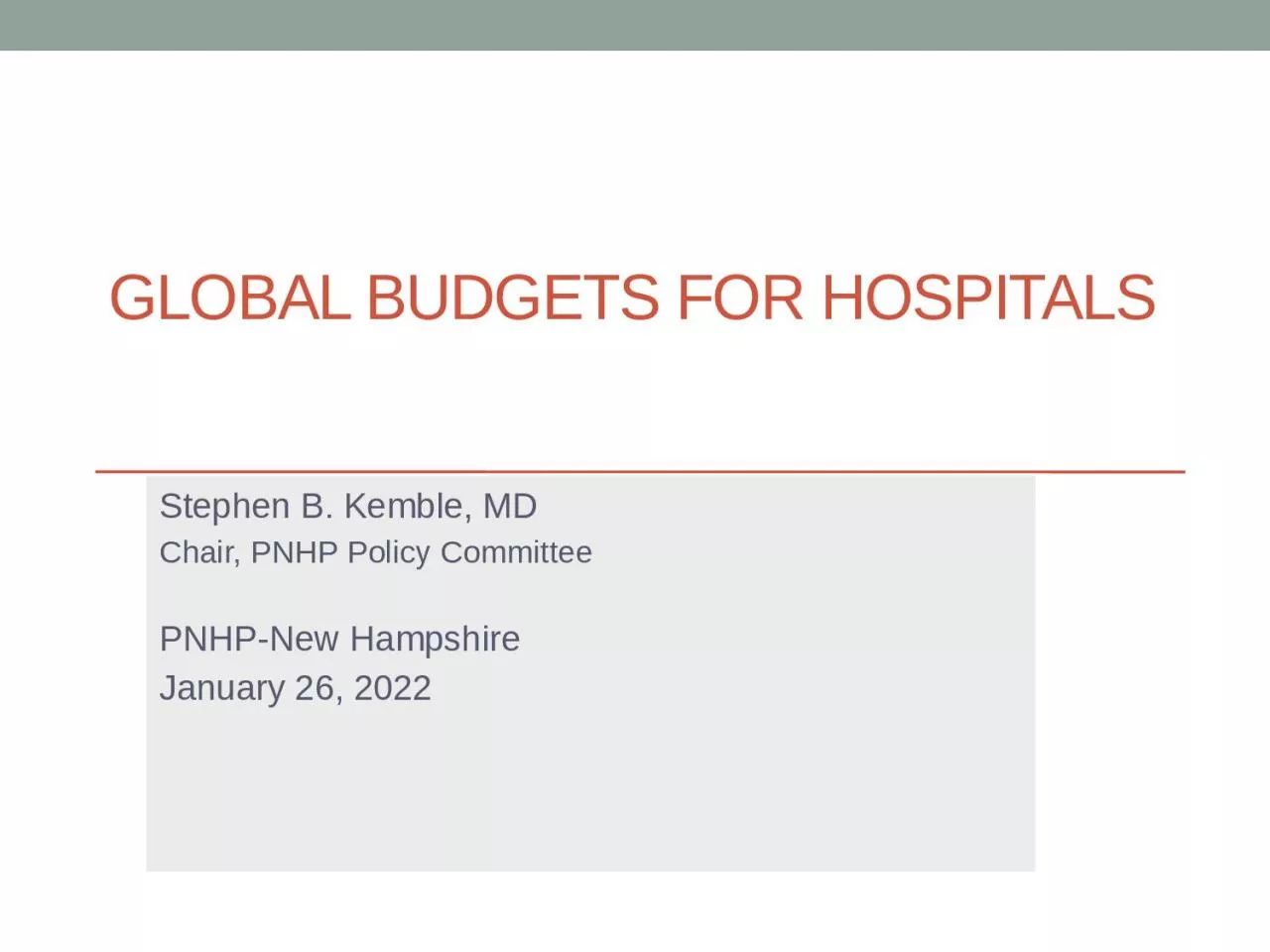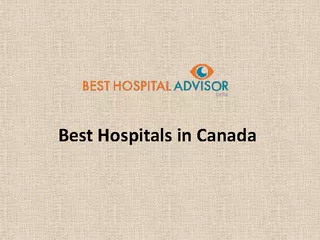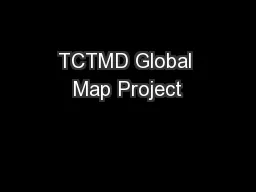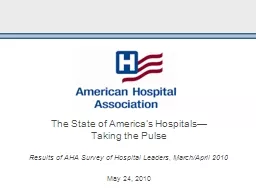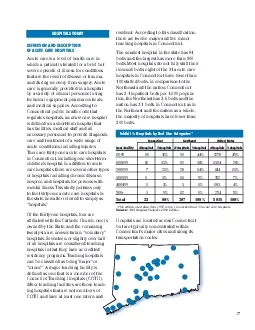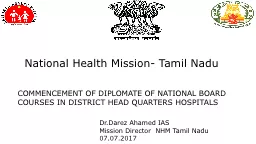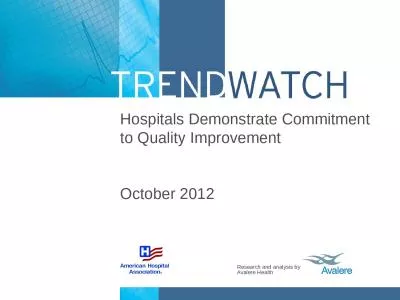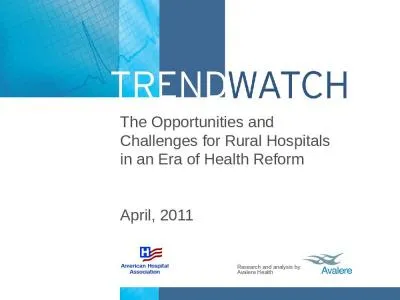PPT-Global Budgets for Hospitals
Author : molly | Published Date : 2024-01-29
Stephen B Kemble MD Chair PNHP Policy Committee PNHPNew Hampshire January 26 2022 Disclosure No financial conflicts of interest to disclose I receive no money whatsoever
Presentation Embed Code
Download Presentation
Download Presentation The PPT/PDF document "Global Budgets for Hospitals" is the property of its rightful owner. Permission is granted to download and print the materials on this website for personal, non-commercial use only, and to display it on your personal computer provided you do not modify the materials and that you retain all copyright notices contained in the materials. By downloading content from our website, you accept the terms of this agreement.
Global Budgets for Hospitals: Transcript
Download Rules Of Document
"Global Budgets for Hospitals"The content belongs to its owner. You may download and print it for personal use, without modification, and keep all copyright notices. By downloading, you agree to these terms.
Related Documents

